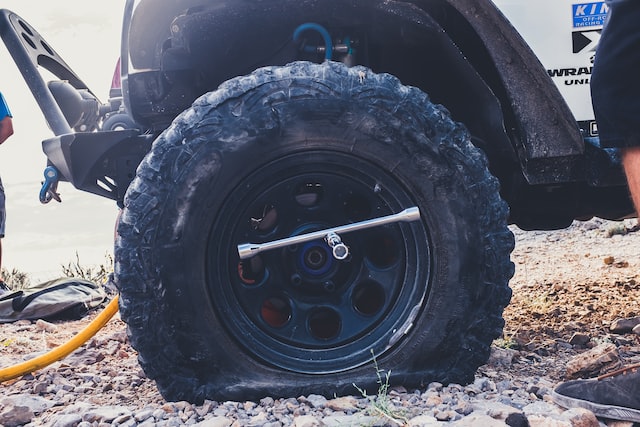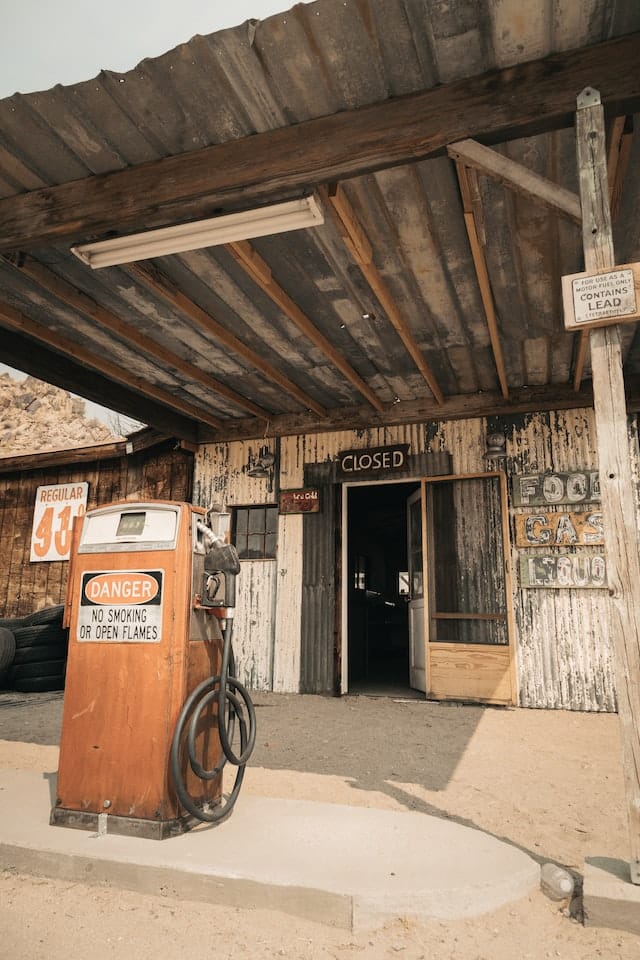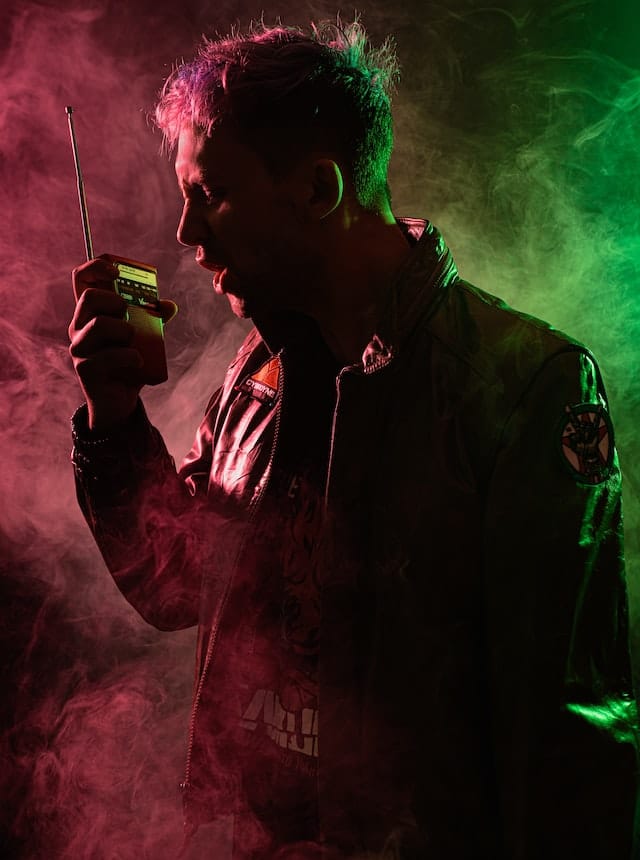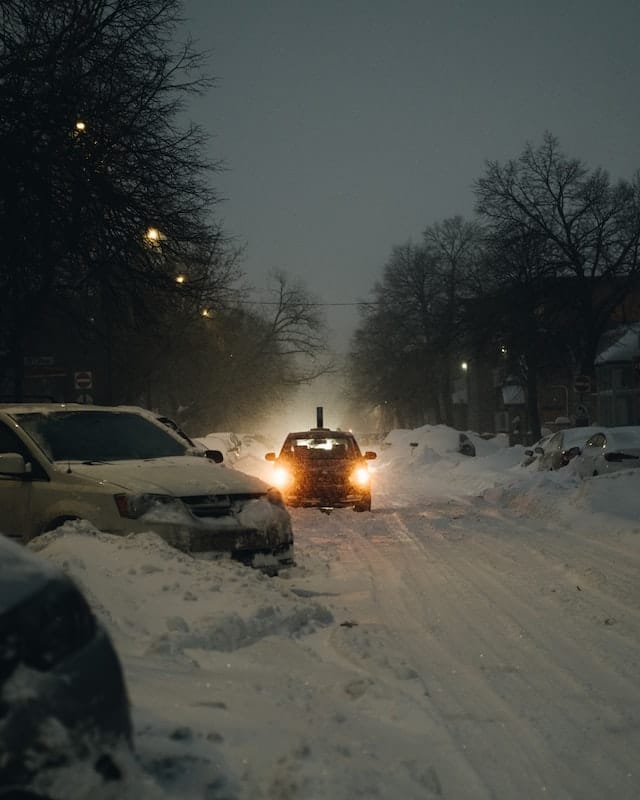Having a car survival kit can help you stay safe and comfortable if you get stranded in your car due to bad weather or other unforeseen circumstances. Car survival kit ideas will help you get the variety of items that can keep you warm, hydrated, and nourished until you can get help or reach your destination. Be prepared!

23 items to include in a car survival kit
- Jumper cables. Keep a set of jumper cables in your trunk in case your car battery dies.
- Tire repair kit. A tire repair kit can help you fix a flat tire on the go.
- Tire pressure gauge. A tire pressure gauge can help you check the pressure of your tires and inflate them if needed.
- Spare tire. Keep a spare tire in good condition in your trunk in case you need to change a tire.
- First aid kit. A basic first aid kit can be useful in case of minor injuries or emergencies.
- Water and non-perishable snacks. Keep a supply of water and non-perishable snacks in your car in case you get stranded or need to wait for help. Pack non-perishable, high-energy foods like granola bars, nuts, and dried fruit to help keep your energy up.
- Warm clothing and blankets: Keep a few extra blankets and warm clothing in your car in case you get stuck in cold weather.
- Flashlight and extra batteries. A flashlight can be useful in case of a breakdown at night or in low light conditions. Extra batteries can help ensure that you have a reliable light source if you get stranded in your car.
- Multi-tool. A multi-tool can be helpful for making basic repairs or adjustments to your car.
- Tools. A small toolkit, including a lug wrench, a jack, and other basic tools, can be useful for making basic repairs or changing a tire.
- Phone charger. Keep a phone charger in your car in case your phone dies and you need to call for help.
- Road maps. It’s always a good idea to keep a few road maps in your car in case you get lost or your GPS fails.
- Tow rope or straps. In case your car gets stuck or needs to be towed, a tow rope or straps can be useful for getting it out of a difficult situation.
- Spare fuses. A set of spare fuses can be useful for fixing electrical issues in your car.
- Duct tape. Duct tape can be used to make temporary repairs on items such as hoses or wires.
- Non-latex gloves. Non-latex gloves can be useful for protecting your hands when working on your car or handling dirty or oily objects.
- Rain poncho. A rain poncho can be useful if you get caught in a sudden rainstorm and need to change a tire or make repairs.
- Sunscreen. In hot weather, sunscreen can help protect your skin from the sun’s harmful UV rays.
- Trash bags. Trash bags can be used to store wet or dirty items, or to create a makeshift shelter if needed.
- Battery-powered radio. A battery-powered radio can help you stay informed about weather or traffic updates if you’re stranded.
- Cash. It’s a good idea to keep some cash on hand in case you need to make small purchases or pay for services while on the road.
- Pen and paper. A pen and paper can be useful for writing down important information or leaving notes for others.
- Emergency contact list. Keep a list of important phone numbers, such as your insurance company, a tow truck service, and a mechanic, in case you need to call for help.

Car survival kit ideas: what about gas?
It can be a good idea to include extra gas in your car survival kit if you are planning a long road trip or traveling in an area where there may not be many gas stations. Having extra gas can help ensure that you have enough fuel to get to your destination if you get stranded in your car due to bad weather or other unforeseen circumstances.

If you decide to include extra gas in your car survival kit, it’s important to store it properly to ensure that it is safe and ready to use if needed. Here are a few tips for storing extra gas:
- Use a fuel container specifically designed for storing gasoline. These containers are made of materials that are resistant to gas vapors and are designed to prevent leaks.
- Store the container in a cool, dry place. Gasoline can break down and become less effective over time, especially if it is exposed to heat or sunlight.
- Check the fuel container regularly. Make sure that the container is properly sealed and that there are no leaks. If you notice any issues, replace the container.
- Follow local laws and regulations. Some areas have laws and regulations regarding the storage of gasoline, so it’s important to be aware of these rules and to follow them when storing extra gas in your car survival kit.
Overall, having extra gas in your car survival kit can be a good idea if you are planning a long road trip or traveling in an area where there may not be many gas stations. Just be sure to store it properly and follow local laws and regulations when doing so.
When cellular and GPS are down

In a survival scenario where cellular and GPS are down, it can be challenging to communicate with others and get help. However, there are still a few options that you can consider to try to communicate and get assistance:
- Use a satellite phone. If you have a satellite phone, you may be able to use it to make calls or send texts even if cellular and GPS are down. Satellite phones use a different type of signal than regular cell phones and are not reliant on terrestrial cell towers or GPS satellites.
- Use a two-way radio. If you have a two-way radio, you may be able to use it to communicate with others in your area. Many two-way radios have a range of several miles, depending on the terrain, and can be used to communicate with other radios that are tuned to the same frequency.
- Use a signaling device. If you are in a remote area or are unable to communicate with others using a phone or radio, you may be able to use a signaling device to attract attention. Examples of signaling devices include mirrors, flares, and whistles.
- Use Morse code. If you are unable to communicate using voice or text, you may be able to use Morse code to communicate with others. Morse code is a system of dots and dashes that can be used to represent letters and numbers. You can use Morse code by tapping on a surface or flashing a light on and off.
Car survival kit ideas: extra precautions when driving in snow or icy conditions

When driving in snow or icy conditions, it’s important to take extra precautions to ensure your safety. Here are some tips to follow:
- Slow down. Snow and ice can make roads slippery, so it’s important to reduce your speed and allow for extra time to stop.
- Use lower gears. If you’re driving up a hill, use a lower gear to help increase traction.
- Increase following distance. Leave more space between you and the car in front of you to give yourself more time to react to any changes in the road conditions.
- Use brakes carefully. Avoid braking suddenly or making sharp turns, as this can cause you to lose control of your car. Instead, brake gently and steer into the skid if you start to slide.
- Use lights. Turn on your headlights and taillights to help other drivers see your car, especially in low visibility conditions.
- Check your car’s condition. Make sure your car is in good condition before driving in snow or ice. Check the tires, brakes, and fluid levels, and consider having winter tires installed if you live in an area with severe winter weather.
- Stay alert. Stay focused on the road and be aware of any changes in the weather or road conditions. If the weather is too severe, consider finding a safe place to wait it out or changing your travel plans.
